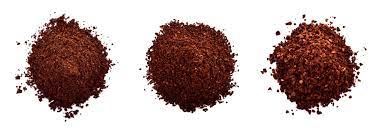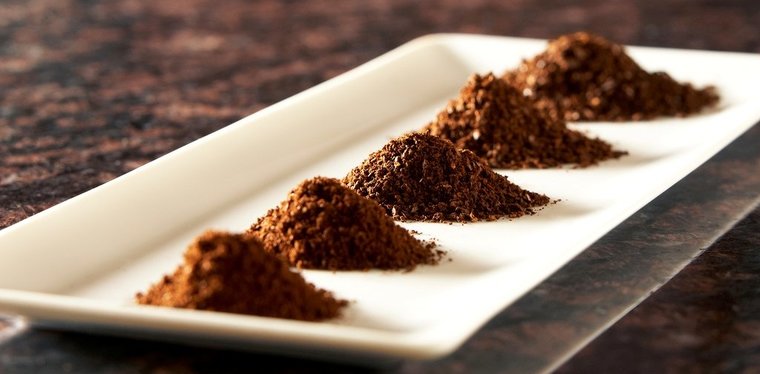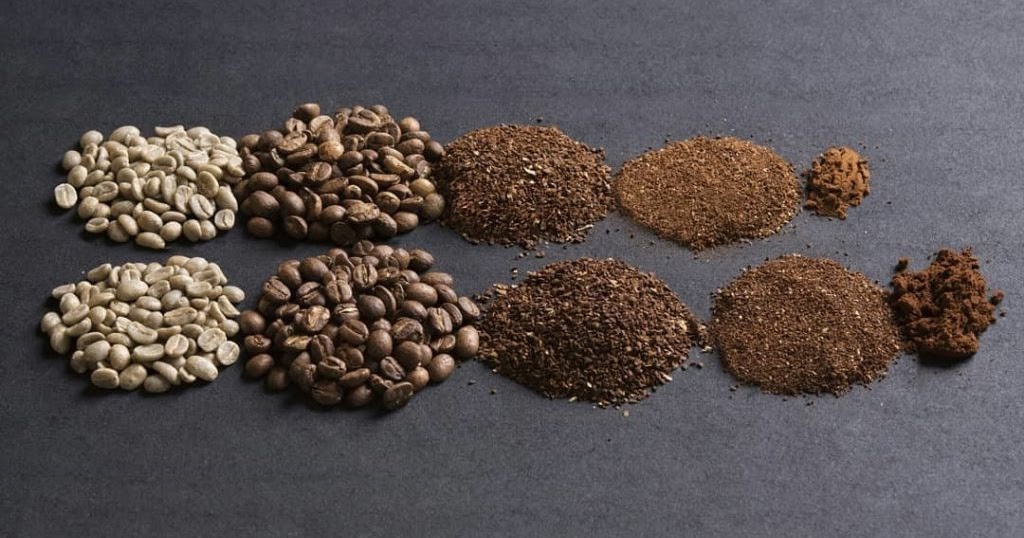To determine the quality and physical characteristics of green grain, coffee is sent to the laboratory, and a caping protocol is used to assess the taste profile, which requires the skills of a Q-grader. This is a slow and time-consuming process involving many people. To predict the quality of the grains immediately on the spot sounds like fiction. However, in 2008, at the World of Coffee exhibition in Milan, Artisha presented a green coffee analyzer that copes with it in a few seconds.
The article will tell you about this device – how it works and what importance it has for the spelt industry. In preparing the material, we relied on an interview with Ermanno Perotti, an expert in innovation and development at Sucafina’s Vietnam branch. Sucafina is an international trading company that was an investor and one of the first users of ProfilePrint.
What is ProfilePrint Analyzer
Grain analysis is an important stage in the supply chain. It consists of assessing the visual, physical and sensory properties of coffee. These parameters determine the quality and price of the sample.
Sensory analysis is carried out using caping. In the process of caping, the aroma, taste, balance, texture, acidity and other characteristics of the coffee are evaluated, and the defects, if any, are described. For the lot to be classified as spelt , coffee must score from 80 points in caping, have no primary defects and no more than 5 secondary ones, and there should be no Quakers in the sample of roasted coffee. Despite the relative reliability of the caping protocol, there is still an element of subjectivity, since different cappers can evaluate coffee in different ways. New technologies help reduce the impact of subjectivity.
ProfilePrint is a portable gadget as well as a mobile app and digital platform for sellers and buyers. © profileprint.ai
ProfilePrint is a device for analyzing food ingredients, the action of which is based on artificial intelligence algorithms. “The gadget analyzes product samples at the molecular level, reads the characteristic features of the structure and in a few seconds gives information about the quality of the product under study,” said Ehrmanno Perotti, an expert in the field of innovation and development of the Sucafina branch in Vietnam.
In addition, the device performs several more functions:
provides for caping assessments based on data analysis of tens of thousands of tastings and creates appropriate electronic reports;
predicts the profile of coffee;
makes recommendations to adjust and shorten product development cycles;
assumes the percentage of components of the mixture.
ProfilePrint first introduced this technology in June 2021 at the Singapore Coffee Association auction. It was usually held offline, but due to the pandemic, the event was held online. Sending grain samples to several thousand buyers around the world has proved difficult.
ProfilePrint acted as a technology auction partner to predict the moisture, density and flavor parameters of coffee. This allowed buyers to make sure that the quality of the lots was assessed, and whether only the seller’s information was not based.
Vivek Verma, CEO of coffee at Olam Food Ingredients, shared the thought: “We are inspired by the results of the tests we conducted with green and instant coffee using ProfilePrint. This technology can significantly speed up the quality assessment process and benefit the entire production and technological chain — from farmers to roasters. This solution applies not only to coffee, but also to cocoa, nuts, spices and dairy products.”
The next block talks about the importance of development for the coffee industry.

The value of the device for the spelt industry
ProfilePrint’s popularity and investment in it are growing. Its partners are the world’s largest food conglomerates, such as Louis Dreyfus Company, Olam Food Ingredients (OFI), Sucafina. The company is also supported by international venture capital funds Greenwillow Capital Management and Real Tech Global Fund.
ProfilePrint’s head of marketing, Nicolett Yeoh, commented, “I think the partners decided to invest in this technology because they definitely see how ProfilePrint can help the entire supply chain.”
Expert opinion about the device
Polina Vladimirova, Q-instructor of Q-grader certification, master of Q-processing, founder of HeeBins, author and host of supertester online courses, shared her opinion about the ProfilePrint analyzer:
“The machine can recognize the chemical composition of the grain. However, the threshold of perception and pleasure from the cup is determined by the person. The final score will not say anything about what exactly coffee was like — about its acidity, aftertaste, texture. For example, a score of 86 can gain dozens of different tastes — and different people will like them, because someone appreciates texture, and someone appreciates aroma, one prefers a bright taste, and the other — a calmer one.
The grading system is not the final score itself. This is an assessment of each individual category. There are 10 of them. The key to describing the taste of the cup are 6, 3 are responsible for the presence of defects and one is the personal assessment of the capper. Then all the grades are summed up. They can have different points: for example, one cup will be highly rated for acidity and low for aftertaste, in the other — vice versa. And the final score in both samples may be the same.
Buying coffee only through evaluation – how to buy a car from advertising without a test drive. Without personal experience, you do not know whether it is comfortable for you to ride it. So it is with a cup of coffee – it may have a high rating, but you personally may not like the taste. Therefore, it is important both the assessment, but also the descriptive part.
One of the main tasks of caping is to give feedback to the farmer, the roaster. If this is expressed only in points, then it is difficult to understand what needs to be improved.
For a mass commercial product, an analyzer may be a necessary tool. Large corporations are able to effectively manage the budget — and for this purpose, for example, manual labor is replaced by automation.
When importers or roasters come to their country of origin to select samples for their company, the best ones are still chosen for them. This is done by cappers. They monitor the absence of defects. At this stage, it would be possible to use the machine, but then in many countries the growth will be reduced.
In addition, the machine cannot predict trends in the taste and preferences of different groups of people. For example, in Asia, they love vinegar shades in coffee, and in countries where alcohol is prohibited, they prefer coffee with its notes.
Therefore, it would be great to teach artificial intelligence:
recognize the chemical composition and quantitative ratio of components;
correlate with the description of each category;
build a rating system from this description.
To summarize: a person who thinks will be able to apply the development correctly in his favor. But I don’t see it possible to completely replace human labor with this device.”

What is the result
The analyzer from ProfilePrint can simplify the interaction between sellers and buyers and reduce the carbon footprint. The invention can be an important step towards creating a fully traceable coffee supply chain.
ProfilePrint plans to continue testing its technology to expand its product portfolio for analysis.
According to expert Polina Vladimirova, the analyzer will be useful for the industry in the hands of a specialist. But he will not be able to completely replace a person in the assessment of coffee yet.
You can buy high-quality coffee from us. Our products registered in Switzerland No. 54191 dated October 12, 2008 Artisha is not just a company or an online store.





